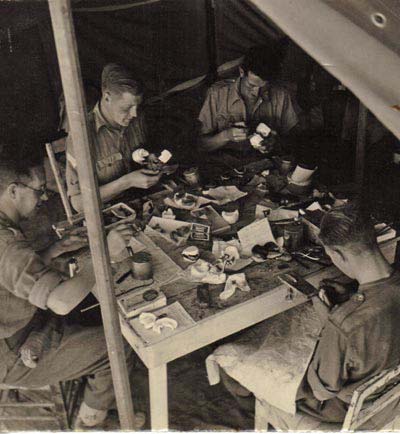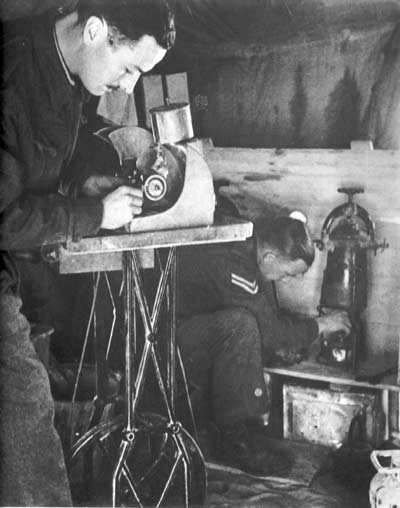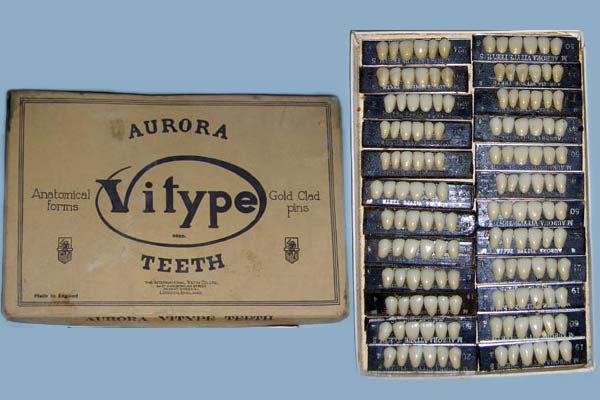Dentistry mattered on D-Day
-
Field dentist’s notes revealed
-
War denture lab was at full stretch
-
Soldiers no good with a toothache
In June we marked the D-Day landings, the Allied assault upon Hitler’s Fortress Europe. Our TV screens were full of stories of self-sacrifice and events that etched such bravery into world history. In recent weeks BBC 2 broadcaster and journalist Jeremy Vine has been revisiting the World at War documentary that captured the nation’s imagination in the early ’70s.
It seems our history is never far away from us and got us thinking at the Denture Clinic about the high numbers of young soldiers who wore false teeth in the Second World War. After a little bit of Google time, this blog emerged . . .
It’s hard for us to image in the sheer volume of kit and weaponry that would have been brought ashore in the days that followed. Surprisingly, the generals had made sure to include dental chairs along with the other supplies.
There’s an apocryphal story of how Winston Churchill objected to this when he saw them stacked on the beach as he inspected troops following the Normandy invasion.
He apparently asked Field Marshal Bernard Montgomery whether he shouldn’t have brought more guns rather than the dental chairs, but Montgomery replied, “A soldier with a toothache is no good to me.”
60 Appointments a day
The detail comes from a British officer, Alastair Robertson, who was based 8 miles behind the front as the troops were trying to break out of the Normandy pocket. He had a busy operation in his field dental laboratory that was focused primarily on making dentures for soldiers.
He said that during the first four weeks his unit was in operation, he made over 450 dentures, and at some points in the war, he had as many as 60 appointments a day.
The high demand for dentures in those first weeks was due, in part, to the rough seas in the crossing. Many men lost their dentures either at sea or on the beach. Many others became fractured by the jolting of the ride and the rock hard army biscuits.
Conditions were anything but ideal for making the dentures. Water to mix with the plaster of paris they used for impressions had to be carried about a quarter mile from a pump, and by the time it reached the tent where the operation was located, it was too hot for making into plaster. They had a similar problem with wax for making wax-ups, which had to be kept in lukewarm water so it wouldn’t melt.
In the rain, the facility became so muddy that even a denture dropped in the mud was often lost forever.
Despite the poor conditions, they had to work to rapidly complete the prosthetics. With units always on the move, they never knew whether a soldier would be there tomorrow to receive his dentures. On the rare occasions that dentures couldn’t be completed on time, a soldier was given a form to take to his commanding officer, who arranged for the transfer of the denture to a closer facility for manufacture.
These are nuggets of history never taught at school, though we suspect some of the sources are not ‘approved reading’.
The denture lab itself had to be mobile, and the entire unit was prepared to be moved at a few hours notice. What remarkable achievements in appalling conditions!
Images courtesy of the Army Medical Services Museum.






